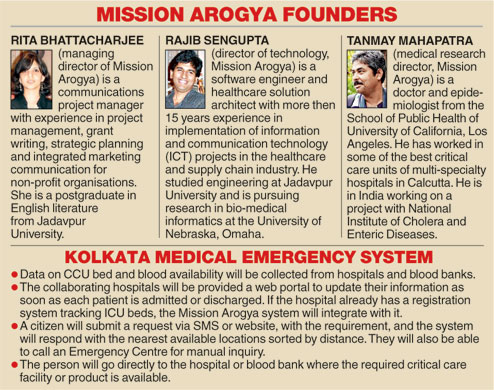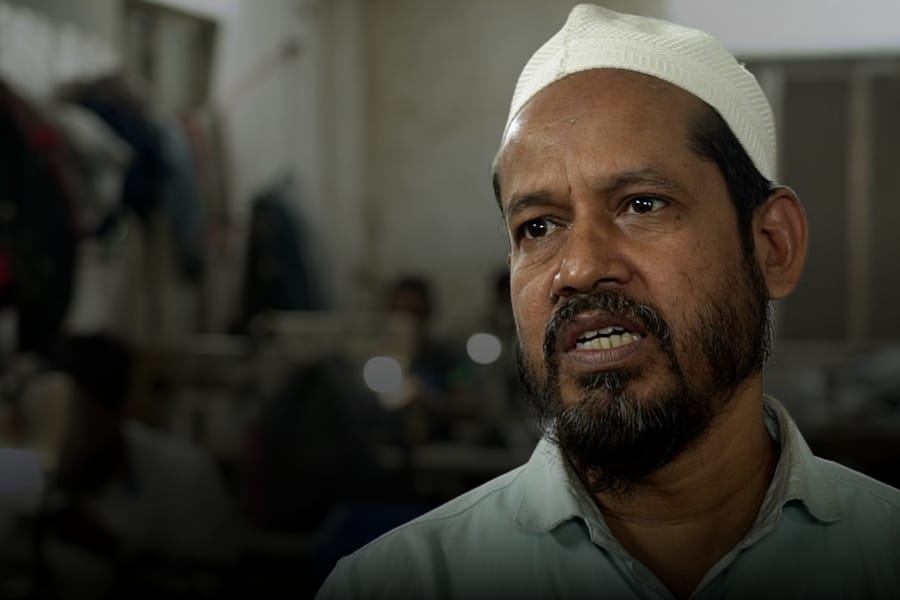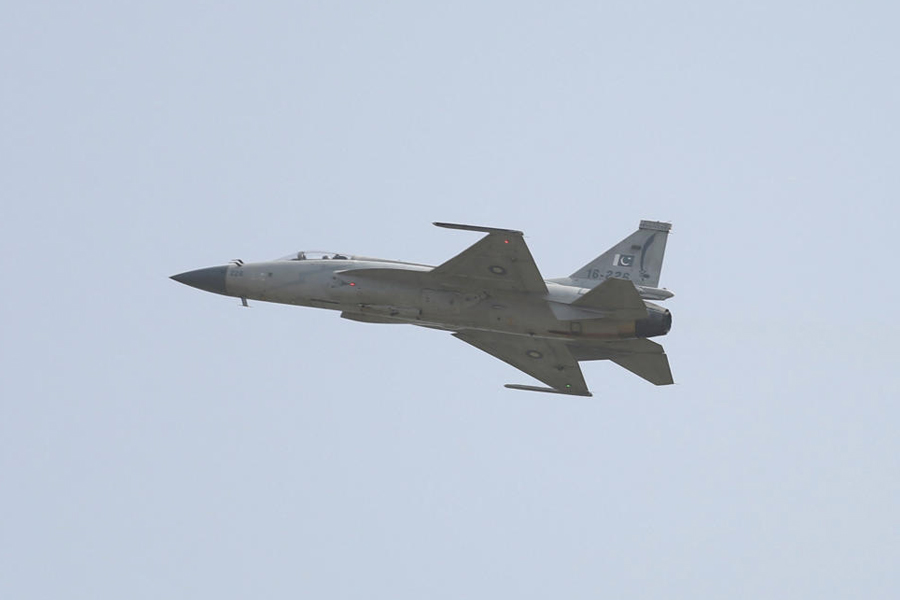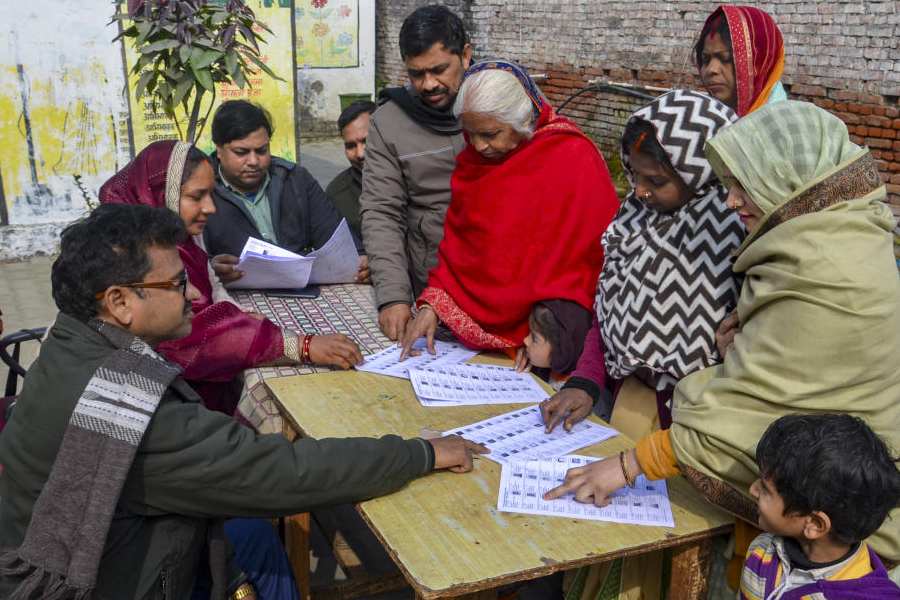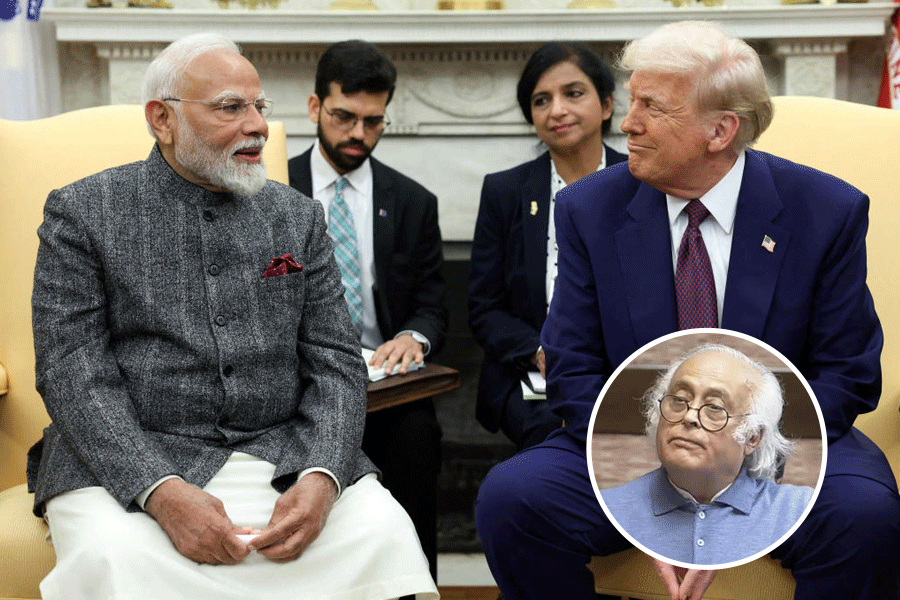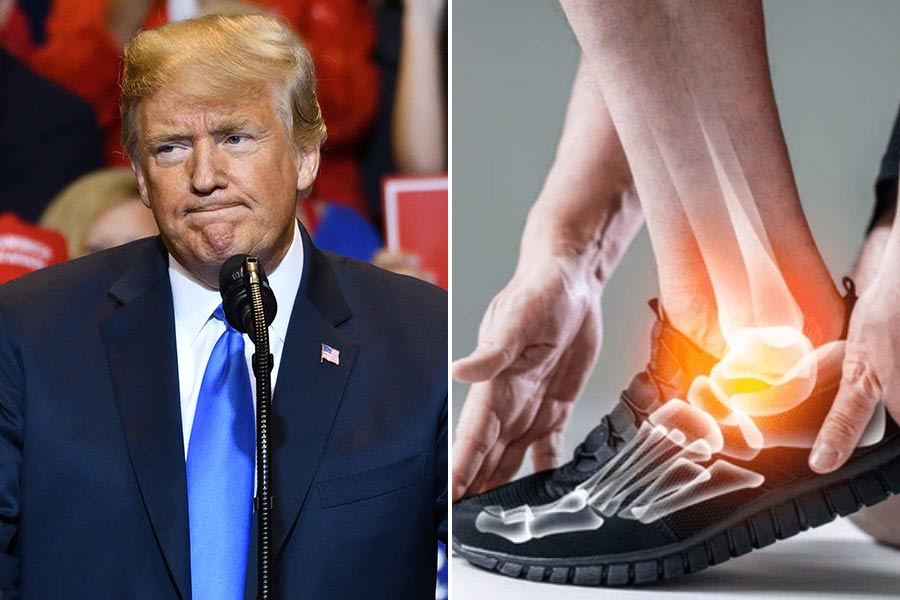 |
Prabal Chatterjee suffered a cardiac arrest at his workplace. He was rushed to hospital. But there was not a single bed available at the overcrowded medical facility and by the time Chatterjee was wheeled into another hospital it was all over.
Little Subal Pramanik was referred to a Calcutta hospital from a district health care unit after he swallowed a ball. The baby, gasping for breath, made it till the second hospital. But yet another refusal meant his life was cut short without medical care. His villager-parents were unaware of the existence of another hospital close to the first one they had knocked on.
The names might be fictitious but the cases are all too familiar to Calcuttans who have to live with the chilling truth that in their bustling metropolis, lives are and will continue to be lost daily because of lack of information on where to get medical help from.
The morbid situation might change if a groundbreaking proposal mooted under the banner Mission Arogya by three Calcutta-born entrepreneurs — Rita Bhattacharjee, Rajib Sengupta and Tanmay Mahapatra — bears fruit. The proposal, called Kolkata Medical Emergency System (KMES), submitted by them to the Rockefeller Foundation 2012 Innovation Challenges has made it to the final of the competition, which qualifies them to apply for a $100,000 grant to implement the plan.
The competition is part of the centennial programme of the foundation, which was established by John D. Rockefeller Sr. in 1913 “to promote the well-being of humanity around the world”.
Almost 2,000 ideas were submitted for the Innovation Challenges, all of them striving to provide solutions to problems in various countries.
KMES, submitted in the name of Rita, who is the founder-managing director of R3G Foundation, a US-based non-profit organisation, has made it to the final eight alongside farming solutions for Kenya, Mali and Nigeria, irrigation technology for the US, water and sanitation requirements for Kenyan slums and legislative data promulgation for Brazil. More than one winning proposal may get the grant.
Mission Arogya involves developing for the city a centralised system to manage availability of emergency healthcare facilities and products.
“Our aim is to manage availability of beds in critical care units of hospitals by speciality (eg. neonatal ICU, coronary ICU) and blood and blood products in blood banks. Hospitals will use the hospital management system to update CCU bed status while blood banks will use a bar-coded system to update blood availability in real time…. Making the above two data points available to Calcutta citizens through a real-time, easy to access system will save numerous lives. The data will be delivered through multiple channels (radio/newspaper /TV, call centre, SMS),” their proposal says.
“The idea of Mission Arogya was conceived in March 2010 when our friend Tanmay visited us in the US during his research stint with the School of Public Health at the University of California, Los Angeles. The three of us stayed up all night discussing the demoralising picture of healthcare information management that emerged from Tanmay’s experiences as medical officer in critical care units of hospitals in Calcutta,” Rita, an MA in English from Jadavpur University who has used her experience in communication management to write the grant proposal, tells Metro from her New York home.
She is married to Rajib, a JU engineering graduate who is pursuing research in medical informatics from the University of Nebraska, Omaha.
Mission Arogya is already conducting epidemiological research and working on public health infrastructure building and information management in pockets of Bengal like Rahimpur in Hooghly, Kalimpong and Mathabhanga in South 24-Parganas. But KMES will be their biggest project yet.
“The foundation lays a lot of stress on the feasibility of a project before deciding on the grant. We have been given a one-year timeline to run the pilot project. We are trying to get on board two hospitals and one or two blood banks that will share information on availability of emergency beds and units of blood and blood products. The first challenge is to develop a software application that will run at the participating hospitals. We will start the data distribution over a 24x7 helpline, for which we are in talks with call centres,” says Rajib.
Members of the city medical fraternity who have been approached by Tanmay are elated at the prospect of such a facility becoming a reality. “There is a crying need for such a information delivery system in the city. It is one dream that must turn true for the benefit of patients,” said Kunal Sarkar, consultant cardiac surgeon and vice-president of Rabindranath Tagore International Institute of Cardiac Sciences.
He not only pledged help but also offered to be a data coordinator for other health units in the vicinity.
“We need to get out of our little ghettos and not think in selfish ways for this project to succeed and to get some amount of people’s faith and satisfaction back in healthcare. Hospitals which have the IT manpower should put it to use in a scheme like this and not be restrictive.”
Such a concept, Sarkar points out, would work ideally in a uniform methodology of healthcare services. “Problems begin when a large part of the healthcare gets commodified. But we should walk the extra mile, feel positive and be patient at the start.”
The results of the competition are expected to be announced in early-September.

